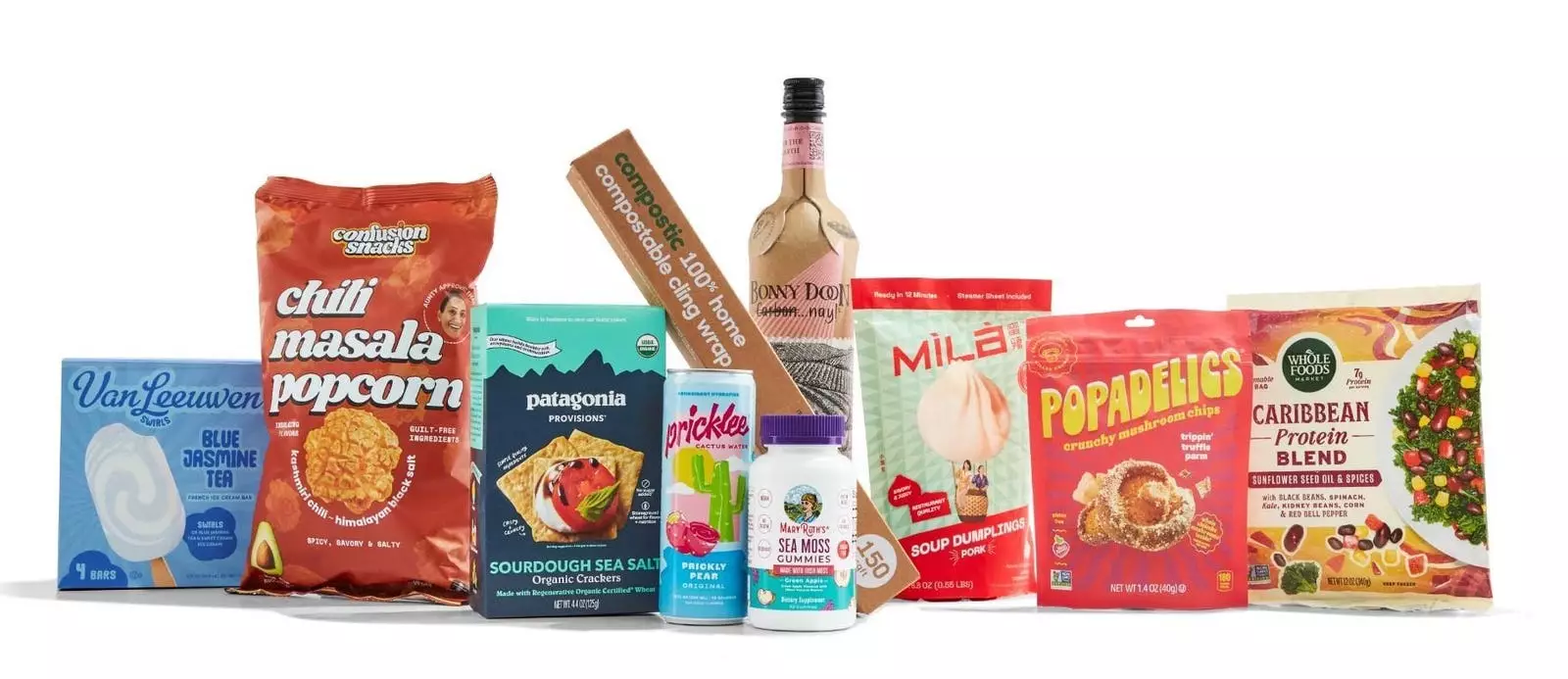As we look toward 2025, the world of food and beverages is poised for remarkable changes driven by consumer preferences, sustainability, and cultural diversity. The Whole Foods Market Trends Council, comprised of an extensive assembly of over 50 industry experts, has provided insights that illuminate the future of our culinary landscape. This marks a significant milestone—the tenth anniversary of their annual report—and emphasizes the ongoing evolution of our diets and dining experiences. With contributions from foragers, buyers, and culinary professionals, these predictions not only reflect current behaviors but also anticipate the innovations that will shape our food culture in the years to come.
One standout trend is the growing popularity of salty snacks infused with global flavors, providing a gateway for consumers to explore diverse culinary traditions. Foods such as chili masala popcorn or Korean seaweed chips bridge cultural gaps and promote an appreciation for global cuisines. Not only do these products serve to introduce unique tastes to mainstream North American palates, but they also tell rich stories that resonate with consumers’ desires to connect with different cultures. The fusion of traditional elements with innovative twists—like Mexican chamoy candy—satisfies the craving for both familiarity and novelty, making it a fulfilling choice for adventurous snackers.
Dumplings have stood the test of time, emerging as a cultural mainstay across multiple cuisines. 2025’s culinary trends highlight their adaptability, with products that range from frozen options to convenient single-serve varieties. Drawing on the heritage of their founders, these dumpling innovations, such as bao buns pivoting to popular fillings like pepperoni pizza, showcase how traditional recipes can be remixed to fit contemporary tastes. As consumers increasingly seek textures that enliven meals, dumplings shine as a versatile choice, proving their capacity for reinvention.
While snacking is a well-established behavior, the evolving preferences of consumers are catalyzing a “crunch revolution.” Nowadays, crunchy elements are making their presence felt not just in snacking but throughout entire meals. From sprouted grains to mushroom chips, textures are becoming a critical aspect of culinary enjoyment. Whole Foods’ Trends Council has noted the emergence of crunchy toppings that elevate everyday dishes—think chili crisps providing a delightful kick to salads or salsas enhancing flavor profiles in a myriad of recipes. This focus on incorporating crunch speaks to the broader trend toward sensory dining experiences.
As health consciousness rises, consumers are seeking innovative hydration options that go beyond mere water. The market is seeing a surge in diverse beverages filled with functional ingredients, such as electrolyte-infused popsicles and antioxidant-rich cactus water. These products cater to a demographic eager for health-focused alternatives to sugary sports drinks, showcasing a shift toward more mindful consumption. The trend underscores a growing awareness of the importance of hydration, presenting brands with opportunities to create offerings that tantalize while delivering benefits.
Tea continues to captivate the U.S. market, extending beyond traditional consumption into a multitude of innovative applications. From chai-infused desserts to tea-based cocktails, the versatility of tea is becoming more pronounced. The rise of sparkling teas and diverse brewing formats speaks to an industry eager to cater to evolving consumer preferences. Notably, tea parties, inspired by vintage societal norms, may emerge as a chic alternative to conventional happy hours, aligning with a gradual societal shift toward lower alcohol consumption.
Sustainability is a non-negotiable aspect of future food trends. As packaging waste becomes a critical concern, many brands are striving for compostable and environmentally friendly solutions. Companies such as Compostic are at the forefront of this movement, providing products that can be composted at home. In the alcoholic beverage sector, innovations focus on regenerative farming practices and eco-conscious packaging. The Sustainable Wine Roundtable’s ambitious goals for reducing bottle weight exemplify how forward-thinking brands are amplifying their sustainability initiatives.
In the wake of recent cooking trends born during the pandemic, sourdough has transitioned from home-baked delicacy to grocery aisle staple. The resurgence of this fermented bread is now manifesting in various products, ranging from pizza crusts to innovative baked goods like turmeric-infused sourdough. This trend aligns well with consumers’ ever-growing affinity for artisanal and health-oriented products, reinforcing the idea that comfort food can also be nutritious and creative.
In a bid to diversify protein sources and promote sustainable dietary choices, the culinary world is beginning to embrace aquatic foods. Seaweed and freshwater greens like duckweed are gaining momentum for their rich nutrient profiles and minimal environmental impact. As wellness trends continue to evolve, these ingredients provide new avenues for consumers to incorporate valuable proteins and nutrients into their meals without resorting to traditional animal sources.
Finally, the notion of protein is expanding significantly. In addition to integrating niche sources like organ meats into standard diets, food brands are exploring creative blends that enhance nutritional value while remaining delicious. This trend is indicative of a broader shift in consumer behavior—an eagerness to explore less conventional protein sources while ensuring meals remain appetizing.
The food trends leading into 2025 promise an exciting landscape rich in diversity, sustainability, and innovative flavors. With an emphasis on cultural stories, environmental consciousness, and a desire for sensory experiences, these predictions beckon consumers to embark on a new culinary adventure that nurtures both the palate and the planet.


Leave a Reply